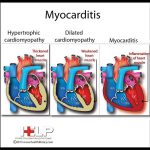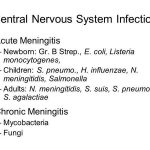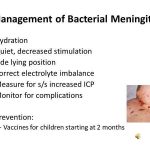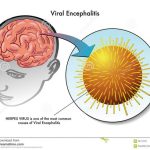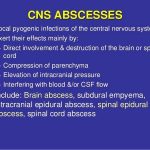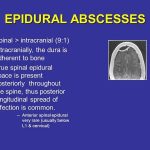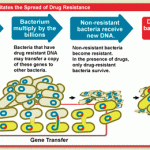
The Pneumonia Patient Outcome Research Team developed useful criteria called the pneumonia severity index for assessing pneumonia severity; however, that index proved to be complex and difficult to use. A simpler index called the CURB-65 (confusion, urea nitrogen, respiratory rate, blood pressure, age 65 years or older) has been shown to have sensitivity and specificity nearly equal to that of the pneumonia severity index. Both indexes can be used to guide decisions on admission to a hospital ward or intensive care unit. As shown in Figure 4.5, patients with a score of 0 or 1 can be treated as outpatients; those with a score of 2 or more warrant hospitalization.
